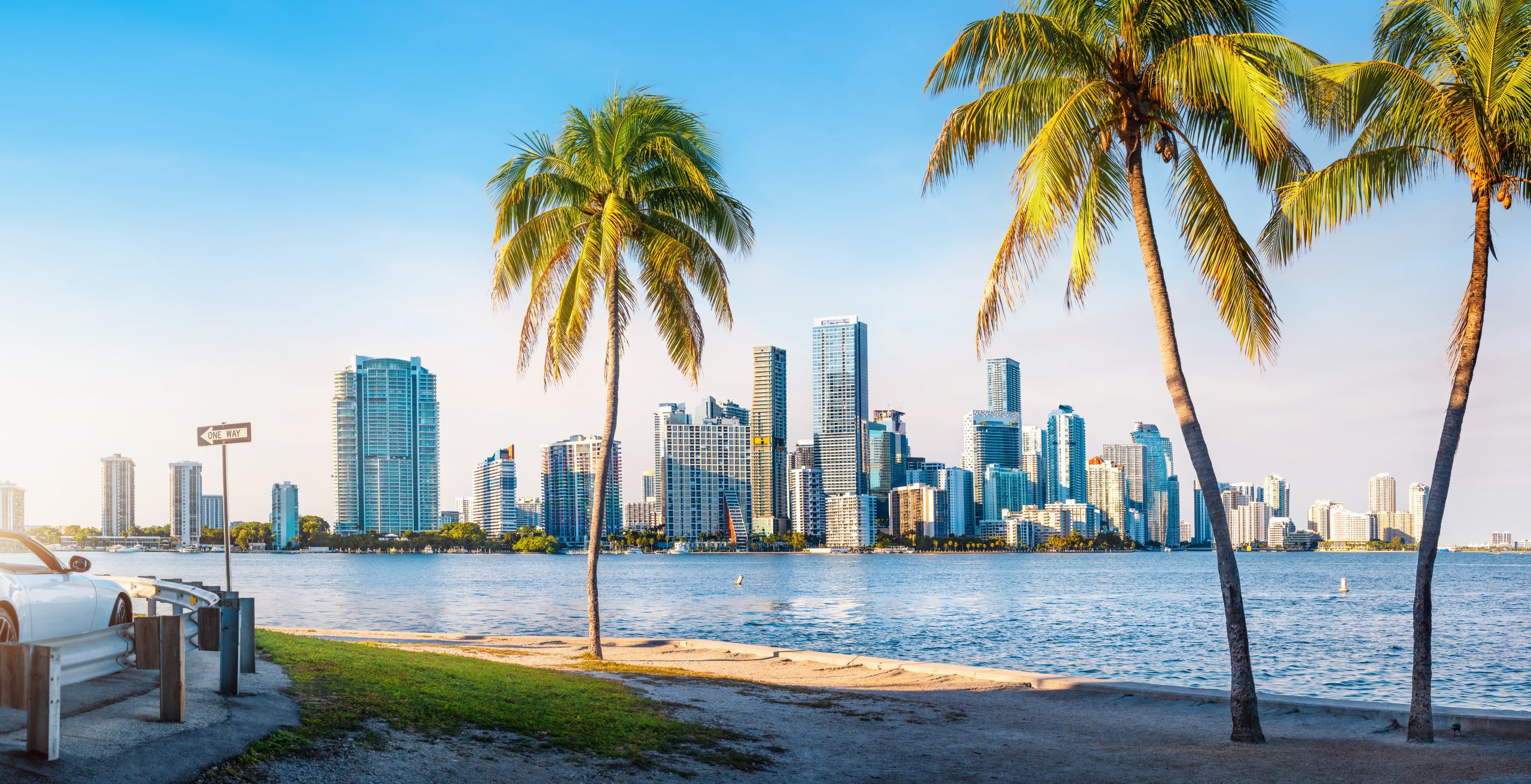Moueix defends St Emilion reclassification
Terroir should only be given a limited influence in the classification of an appellation, argues Alain Moueix, president of the St Emilion Grands Crus Classés Association.
Speaking to the drinks business about the appellation’s new classification that was approved in September this year, Moueix insisted that a truly transparent approach must be based primarily on results rather than potential. “You can have the best terroir, but if you are not looking after it then the wine may be good but not great,” he maintained.
In part, this disillusionment with a terroir-driven focus has been formed by weary experience with the prolonged legal wranglings that eventually led to the overturn of the earlier 2006 reclassification. “Who can say that one parcel is Grand Cru Classé or Premier Cru Classé in front of a court?” questioned Moeuix.
While acknowledging that valuing a wine by this site-led approach is well established in Burgundy and to a lesser extent in the Médoc, he remarked: “If we had done that more than 200 years ago, then it would be possible.”
Upon taking up the presidency in 2005, Moueix made it a priority to improve the transparency and thoroughness of the process by which wines were awarded Grand Cru Classé status.
From the group of “around 25” members who made up the association when it was founded in 1982, this number has since risen to 59 estates, representing about 600 hectares of St Emilion’s 5,400ha total area. A further five estates qualify for Grand Cru Classé status, but are not members of the association, whose primary aim is to promote St Emilion’s Grand Cru Classé wines.
“Before it was quite opaque in the way it was decided,” Moueix remarked of the system. “But now people who were classified or not classified can know why.”
In addition to inspections by “industry professionals but not from Bordeaux” of the vineyards, winery, cellars and even prices, each estate has its wines blind-tasted by a second independent panel, “some from Bordeaux, but all trained”, according to Moueix.
To qualify as Grand Cru Classé, an estate must satisfy the tasting panel over 10 vintages, while those being considered for Premier Grand Cru Classé must prove their consistency over 15 vintages. Stressing the importance of these combined elements, he noted: “You get some points for it, but you can’t base everything on terroir.”
Today, in marked contrast with Bordeaux’s Left Bank, whose 1855 classification has only seen one major change – the promotion of Mouton Rothschild – since it was created, St Emilion re-evaluates the classification of its own estates every decade. Through this more flexible approach, emphasised Moueix, “we can be sure that estates in the Grand Cru Classé deserve to be there.”
Pointing by way of example to the second growth-equivalent prices now commanded by many of the Left Bank’s “flying fifths”, he flagged up the benefit of St Emilion’s regular reassessment process. “That you have things written in stone is not the way the world works any more,” commented Moueix. “A lot can happen in 10 years.”
Partner Content
For all the controversy provoked by the appellation’s recent reclassifications – although less hotly contested than 2006, the 2012 version has not been without its critics – Moueix praised the system on the grounds that “it pushes everyone to do the best to be classified; if you give your best, then maybe you will get there.”
Above all, he insisted: “The human factor is important – we look at the result. If you base it [classification] on terroir, you base it on potential.” For Moueix, the fact that the most recent classification was so closely aligned with estates’ prices offers further validation. “The market is not stupid,” he remarked.
As for a property such as Valandraud, which raised eyebrows when it leap frogged Grand Cru Classé entirely, being promoted straight from simple Grand Cru to claim a spot as one of the 14 Premier Grand Cru Classé “B” estates, Moueix suggested: “Valandraud is showing that you can get the best out of your soil.”
Despite being confident that the new system offers improved transparency, Moueix admitted: “There is always room for improvement. We will have to take some time in 10 years to look at what we can do.”
Although not areas directly under his jurisdiction, Moueix also indicated that the classifications either side of Grand Cru Classé could benefit from the transparency he has helped to impose at his own level.
Referring to the Grand Cru designation, he noted: “They follow a set of rules, but it is not linked the quality of the wine. The Syndicat of St Emilion is working on it but perhaps it needs to be reviewed.”
As for the process of deciding how estates are ranked within the very top of the appellation’s hierarchy, which is divided into Premier Grand Cru Classé “A” or “B”, Moueix remarked: “The commission decides – I can’t comment.”
A further reaction on the new classification system in St Emilion will appear in December’s issue of the drinks business.




